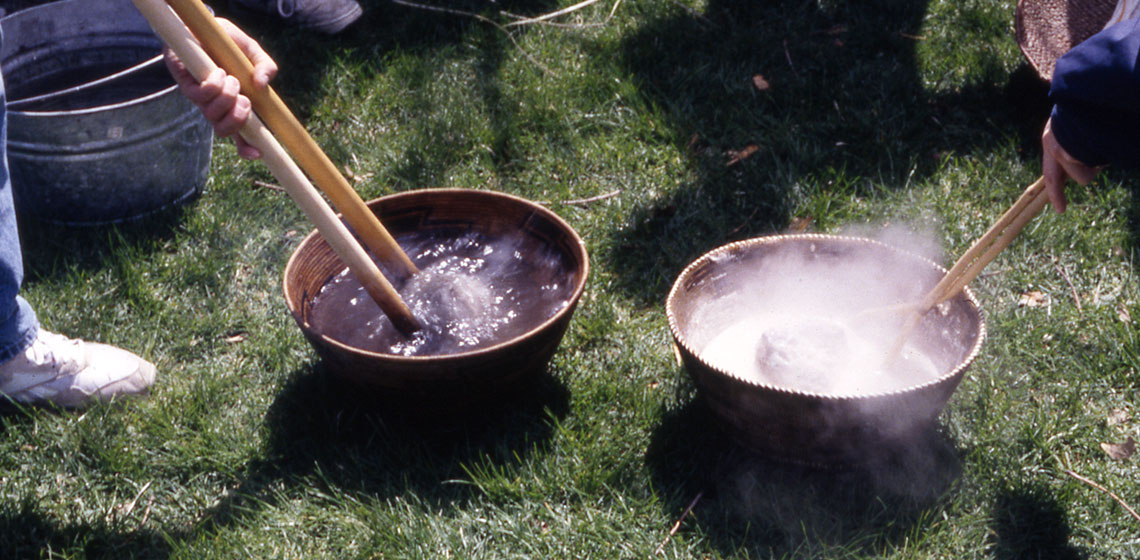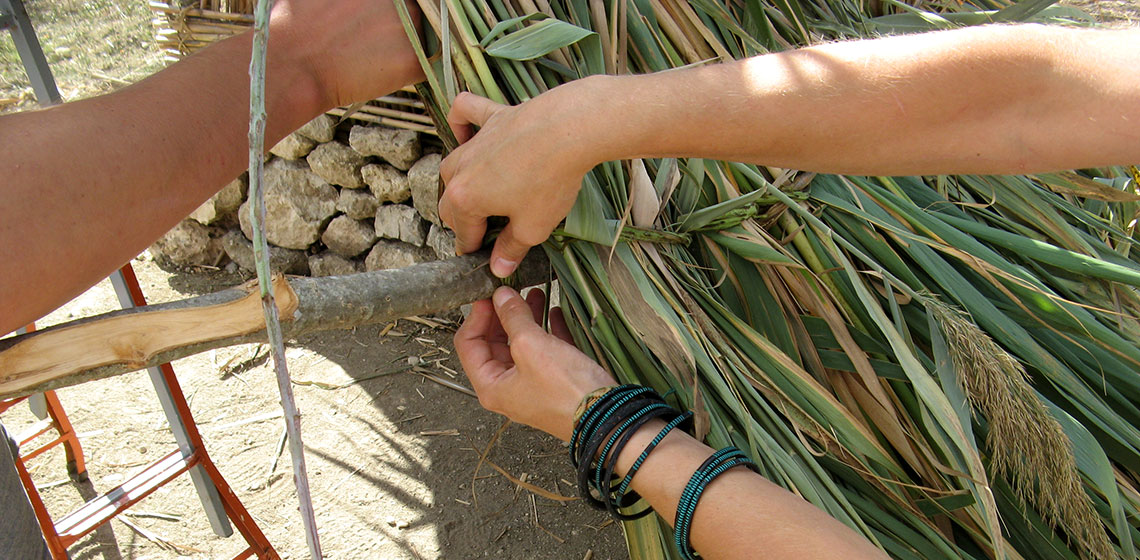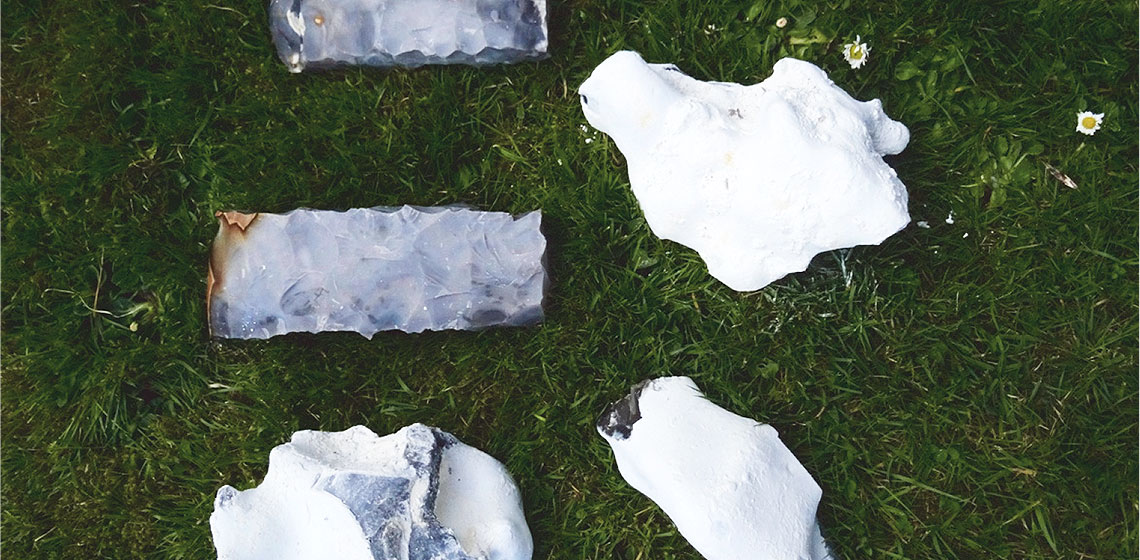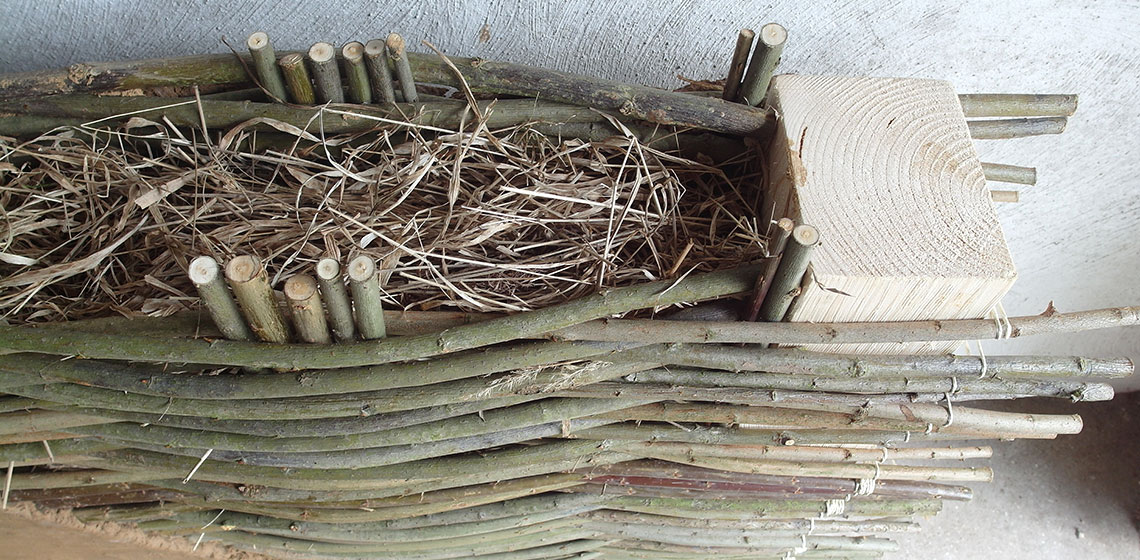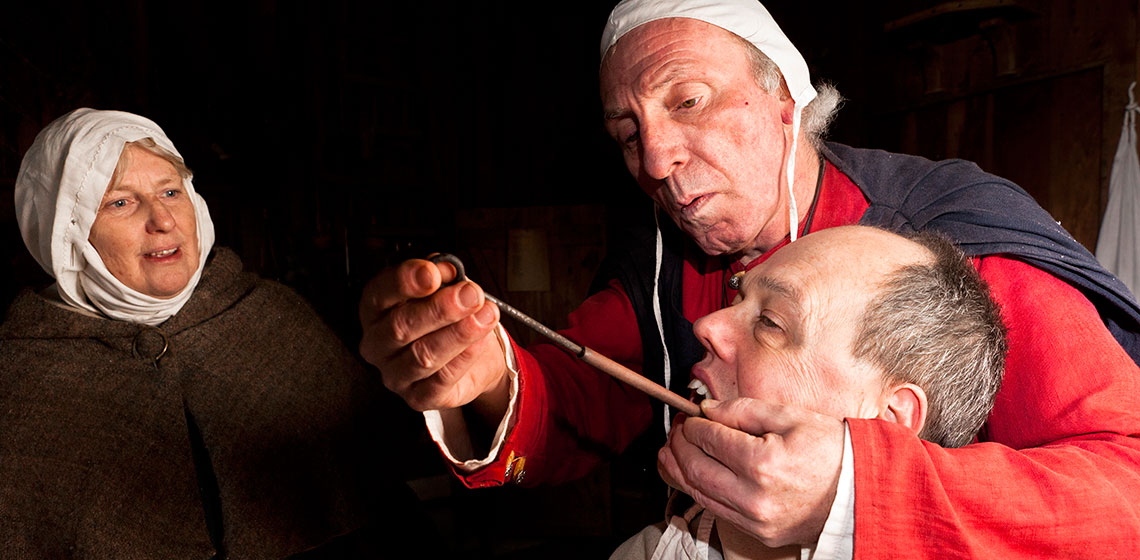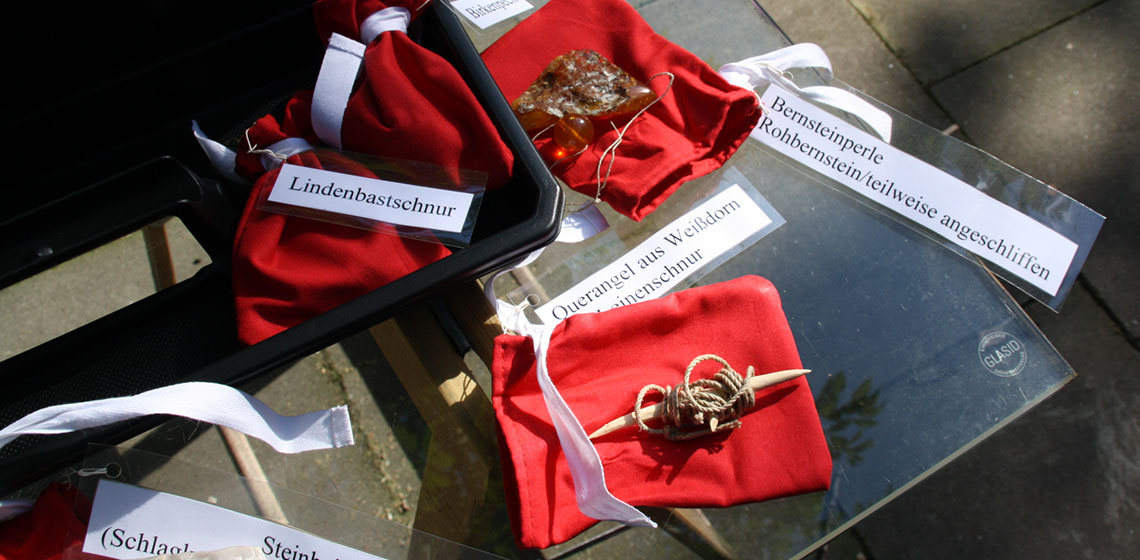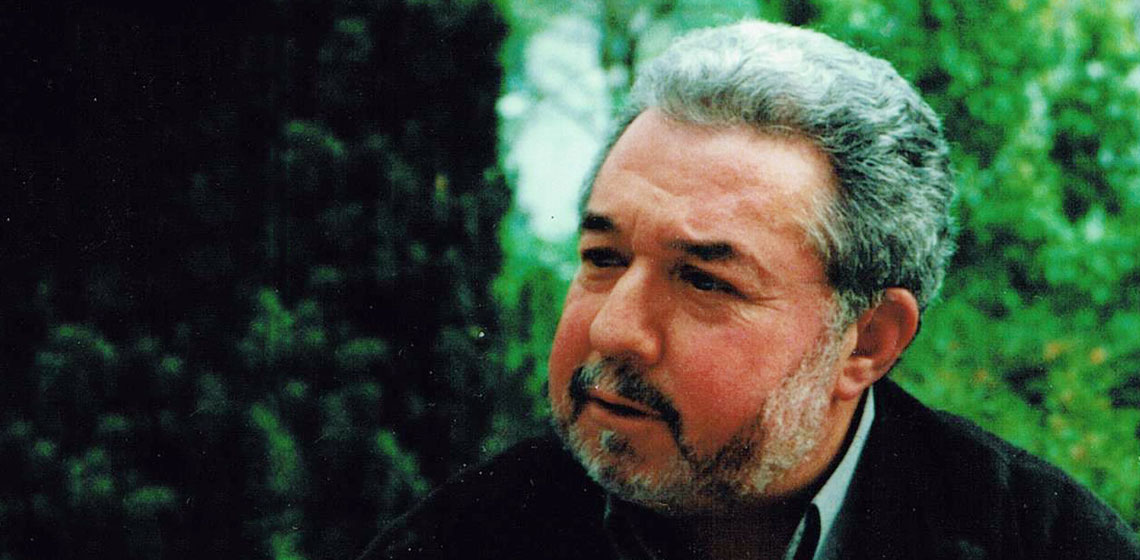EXARC Journal Issue 2016/3
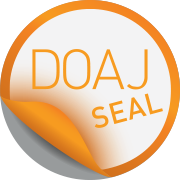


10 Articles | DOAJ | Open Access
ISSN: 2212-8956
Publishing date: August 15, 2016
📄 EXARC Journal 2016/3 Table of Contents
Copyrights: EXARC, 2016
Summary
We have just published EXARC Journal 2016-3. In the the most recent Journal, you will find articles such as “The Attack of the Tooth Worm” or “An Energy Saving House from 3400 Years Ago”. as Reenactment and Living History in German Archaeological Open-Air Museums. Mixed Matters from South Africa and more...
Reviewed Articles
Cooking in Baskets Using Hot Rocks
Publication Date
Baskets are among the most ancient of human artefacts. Everyone is familiar with their most common functions as containers for transport and storage. When told that baskets have also served as cooking vessels, most people will be unable to conceive of how this is possible, yet this was a primary function of baskets for many cultures of the past, and some until the present...
Hut 1 of Tornambé, Pietraperzia: an Experimental Project for Prehistoric Sicily Studies
Publication Date
Architectural reconstructions in archaeology represent very common experimental projects throughout Northern and Southern Europe (see for example Page 2012; Burrow 2015). Testing hypotheses and comparing scarce archaeological data with material culture artefacts helps to create an enduring visual experience for both researchers and the public (Paardekooper 2013).
Recycled Flint Cores as Teaching Tools: Flintknapping at Archaeological Open-Air Museums
Publication Date
This article examines the art and craft of flintknapping and how the OpenArch project has influenced the way in which this specialized body of craft-knowledge can be most efficiently presented to the public, but additionally—and more importantly—how making the most of teaching opportunities can convey a deeper interpretation to the museum-goer...
An Energy Saving House from 3400 Years Ago
Publication Date
The fact that people of the Bronze Age built houses with very good insulation was already presented by Staeves (2010) based on the results of an archaeological excavation in 2003 where an archaeological team of the Main-Kinzig district examined remnants of a Middle Bronze Age settlement. Prior to this, it was assumed that...
The Attack on the Tooth Worm
Publication Date
It is the year 1350 in Gravendam, the medieval town of Archaeological Open-air Museum (AOAM) Archeon in the Netherlands. There is a great deal of commotion on the street when the master cabinetmaker, John, screams out in pain and despair caused by a cavity in one of his molars. The sound of his scream is heard by everyone!...
A Different Look at the Past - a Tour with Objects at the Archaeological Open-Air Museum Oerlinghausen
Publication Date
Due to the inclusion program at schools in North Rhine Westphalia, the need arose to organise guided tours through the museum in such a way that visually impaired participants could be included in the experience. The idea was to offer an additional level of experiencing information through touch, by creating individual purpose-made objects...


